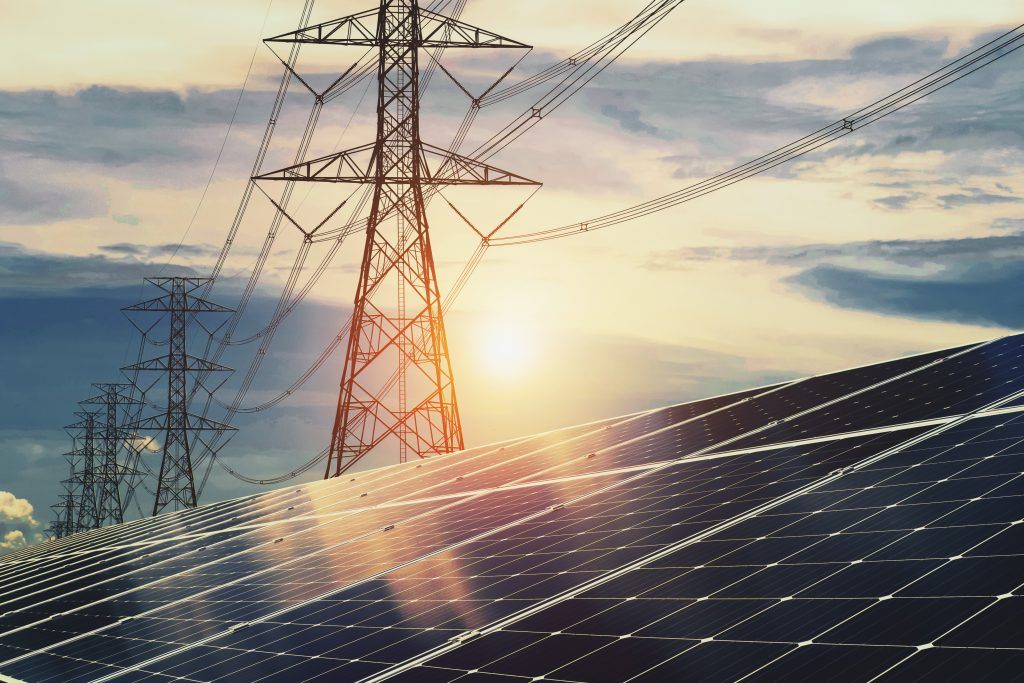They warn more progress is required to decarbonise the UK’s power grid in-line with climate change goals and support the government’s hydrogen production, heat pump, and electric vehicle targets.
The industry trade bodies (the Nuclear Industry Association, Solar Energy UK, and RenewableUK) are urging the UK government to set ambitious clean energy deployment goals, backed by a binding 2035 target for a net-zero emissions power grid.
The current UK goals include:
- to end the sales of all new fossil-fueled cars
- to reduce greenhouse gas emissions by 78% against 1990 levels by 2035
- to roll out at least 600,000 heat pumps annually from 2028
- to ramp up the production of hydrogen for transport, energy storage, and potentially heating.
However, the UK’s leading clean energy trade bodies have warned this isn’t enough. An acceleration in clean-power capacity deployment is necessary if the country is to meet its emissions goals and the rising demand for electricity.
The group also highlights the carbon price has to be consistent with delivering a net-zero power grid by 2035, to push fossil fuel power off the grid and accelerate investment in clean energy.
The NIA also urged the government to endorse a financing model for new nuclear projects this year, since many aging nuclear power plants are set to close over the coming decade. They want to see an official plan to restore nuclear capacity to existing levels by the first quarter of the next decade.
Tom Greatrex, NIA’s chief executive, said: “We need to invest in a new generation of nuclear stations to hit net zero and help level up the country. We know that nuclear and renewables work well together to cut emissions and that a strong low-carbon energy mix is our future.”
RenewableUK has called for the government to aim for 30GW of onshore wind by 2030 in addition to its 40GW offshore wind target, and 5GW of hydrogen electrolyser capacity, 2GW of floating offshore wind, and 1GW of marine energy throughout the 2030s.
Melanie Onn, RenewableUK’s deputy chief executive, said: “In the run-up to COP26, we need a detailed roadmap including specific deployment targets for onshore wind, floating wind, renewable hydrogen, and marine energy to be achieved by the end of this decade.”
Solar Energy UK called for the government to target 40GW of solar power capacity by 2030.
Chris Hewett, Solar Energy UK’s chief executive, said: “The UK must keep pace with the growing solar industry worldwide. We need to see solar energy trebled in capacity by the end of the decade, in keeping with forecasts produced by the Climate Change Committee.”
The Department for Business, Energy and Industrial Strategy (BEIS), said in a statement: “As stated in our Energy White Paper, we are clear that we need to fully decarbonize electricity by 2050 as part of our commitment to building back better and greener from the coronavirus pandemic and reach our ambitious emissions targets.
“The UK was the first major economy to legislate to end our contribution to climate change by 2050 and has recently committed to the world’s most ambitious climate target to cut emissions by 78% by 2035 compared to 1990 levels, ensuring the UK is on a world-leading path to eliminate our contribution to climate change.
“Ahead of COP26, we will publish a Net Zero Strategy which raises ambition and sets out the government vision for the transition to net-zero.”
Image: Shutterstock















